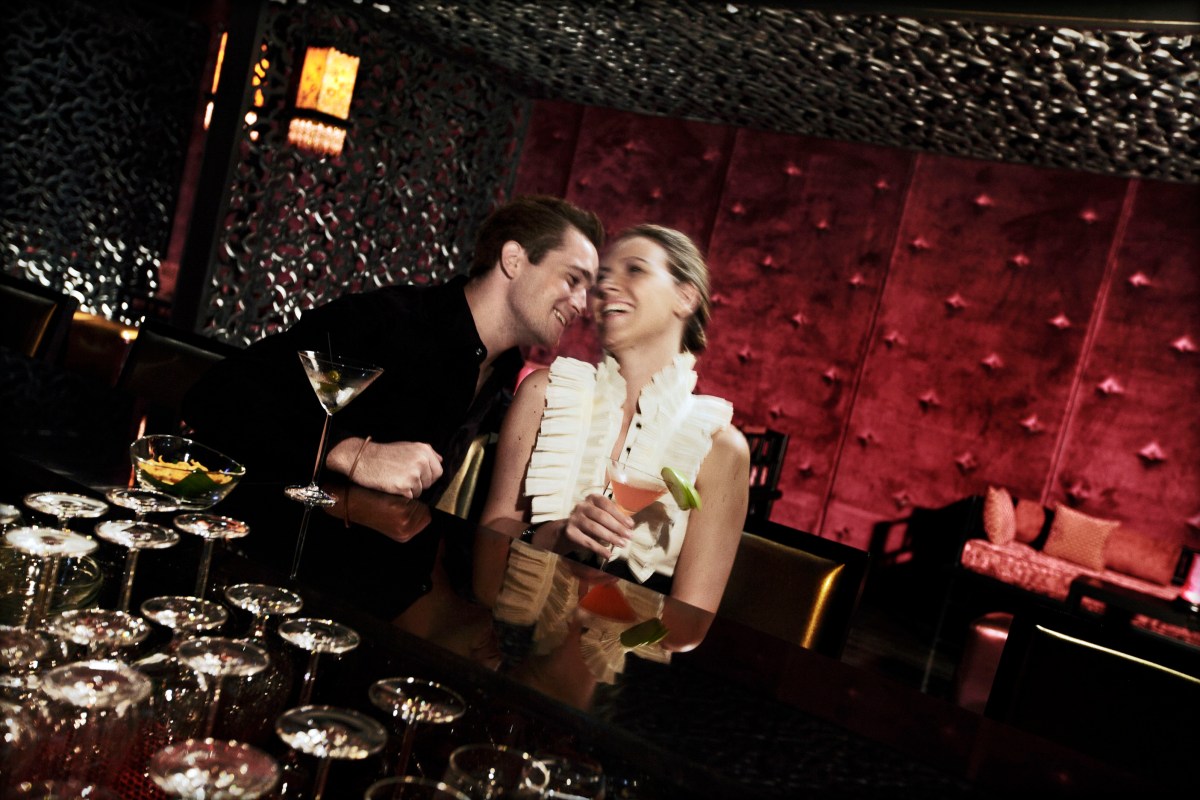
BY RODERICK EIME IN HO CHI MINH CITY
When Tank 390 of the North Vietnamese Army crashed through the gates of the Independence Palace on April 30, 1975, Saigon changed forever. In the grounds of the preserved palace, now renamed Reunification Hall, a replica of the tank sits proudly on a concrete slab on permanent guard, reminding visitors just who’s who in the new Ho Chi Minh City.
A one-party state since that historic moment, the Communist Party of Vietnam nevertheless is pragmatic when it comes to economic growth and political dogma, hence the Socialist Republic of Vietnam is often cited as one of the fastest-growing among emerging nations.
Just like in their neighbouring former colonies, France westernised the city with impressive public buildings and hotels with the stalwart 1925-built Hotel Majestic perhaps the cream of the old brigade. But the little known fact is that the hotel was built for a local Chinese businessman and not the French.
Hotel construction in the city now follows trends set in most major SE Asian cities to the point where there is a danger of oversupply. According to government sources and independent research by real estate and business agency, Cushman and Wakefield, Vietnam’s overall economy is still showing some unstable signals despite otherwise positive indicators such increase in production and retail sales.
The biggest concern seems to be the devalued Vietnam Dong, which is in danger of leading to significant increase in CPI and trade deficit.
In the midst of this uncertainty, Korean industrial giant, Kumho, nevertheless bolstered international confidence by building the brand new 5-star, 305-room InterContinental Asiana Saigon in a prime position at the corner of Hai Ba Trung Street and Le Duan Blvd (right behind the historic post office). The development also includes deluxe residential suites and retail as part of the Kumho Asiana Plaza Saigon project and was opened in December 2009.
Already the property has gained number two status (from 248 rated hotels) on Tripadvisor for business and leisure and is gaining on top-ranked Park Hyatt Saigon.
“IHG is committed to the Vietnam market and seeks to grow where there is demand,” said Thomas Schmelter, IHG Regional GM, Vietnam and Cambodia, in an exclusive interview with HM.
“We recently signed two developments in Cam Ranh Bay and Phu Quoc Island and will also be adding InterContinental Danang Resort to our portfolio.”
According to the Vietnam National Administration of Tourism (VNAT), total number of international arrivals in Ho Chi Minh City were 620,000 since 2011, an increase of 9 per cent year-on-year.
Commenting on the encouraging visitor arrival figures, Schmelter said “Vietnam as a destination remains very popular and is one of the must-see venues in the Asian and Australasian region for tourists. Aside from main cities like Ho Chi Minh City, places like Hoi An, Da Nang and Nha Trang are drawing visitors with their beautiful beaches and resorts that can be compared to either Phuket or Pattaya in Thailand.
“The local government is also working hard to keep the momentum, building up efficient and solid infrastructure as well as offering attractive benefits to investors. These initiatives attract both business investors and tourists to the country.”
Schmelter does not overlook the contribution from local staff, adding: “The Vietnamese people embody service and hospitality characteristics crucial to the tourism industry – they are very hospitable, hardworking, open to trying new things and hold the spirit to serve in mind.
“This is a key competitive advantage that only serves to enhance Vietnam’s tourism development in the near future.”

